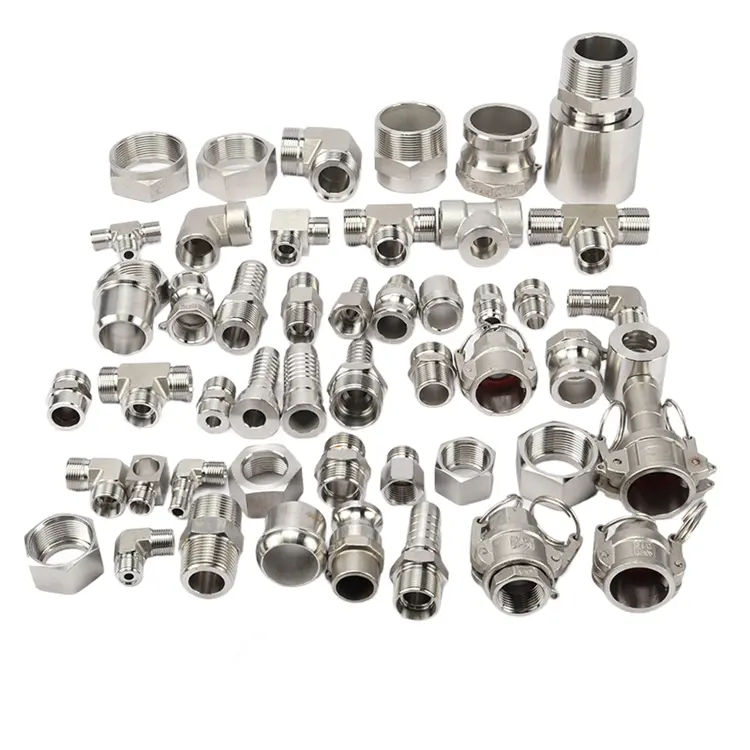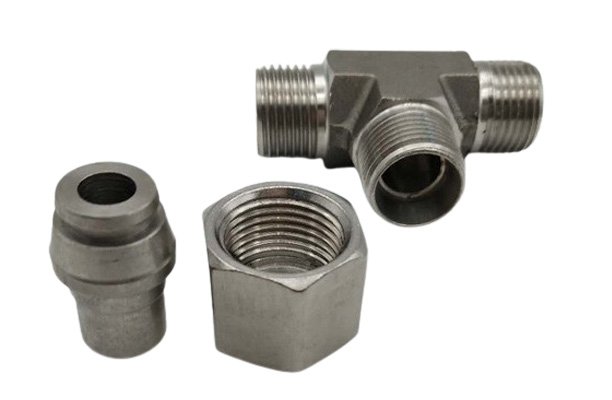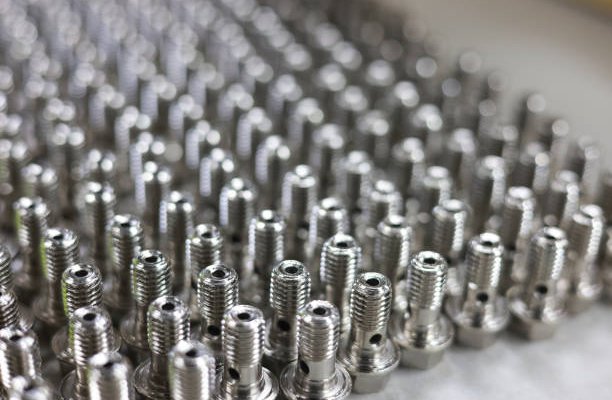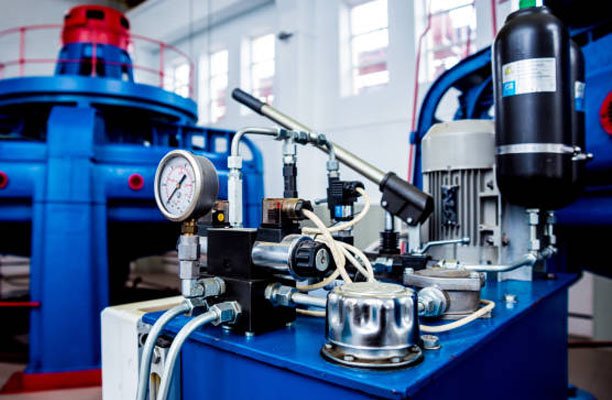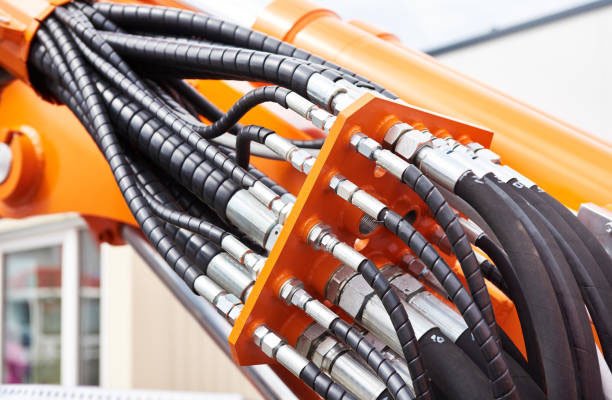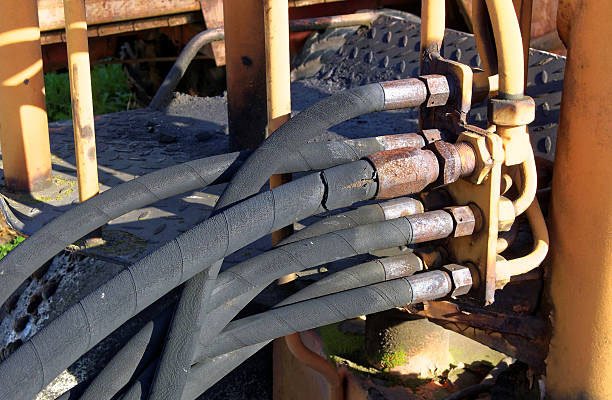Introduction to Flange Joints
A flange joint is a type of mechanical connection that joins two sections of pipe, tube, or other equipment using flanges, gaskets, and bolts. These joints are crucial in systems that carry high-pressure fluids, offering both strength and flexibility. Flange joints play a key role in piping networks across industries. Engineers use them to create secure, leak-proof connections that they can easily assemble and disassemble for maintenance or inspection.
Whether in chemical plants, oil refineries, power stations, or HVAC systems, flange joints are indispensable for creating modular, adaptable piping infrastructures. Their ability to withstand extreme temperatures and pressures makes them vital in critical applications.
Historical Development of Flange Joints
The concept of joining pipe sections has existed since the early days of plumbing and water systems. However, the modern flange joint began gaining prominence during the Industrial Revolution, when the demand for robust, high-pressure piping systems grew rapidly.
Engineers initially bolted together basic flat plates as flanges, but over time, they developed standardized designs like the ASME and DIN flanges used today. As industries expanded in scale and complexity, flange joints evolved to meet stringent safety and performance standards, becoming integral in sectors like petrochemical and energy.
Today, with innovations such as smart flanges and advanced sealing technologies, flange joints continue to evolve, adapting to the latest technological and environmental demands.
Key Components of a Flange Joint
Every flange joint consists of three essential components that work together to ensure a tight, durable seal:
1. Flanges
Flanges are the circular plates or discs attached to the ends of the pipes. They contain holes for bolts and are typically classified by their shape and function (e.g., weld neck, slip-on, blind). The flange provides the foundation for creating a sealed connection.
2. Gasket
The gasket is a compressible sealing element placed between two mating flanges. It fills surface irregularities and ensures a tight seal to prevent fluid or gas leakage. Materials vary widely, from rubber and PTFE to spiral-wound metal gaskets, depending on the application and pressure requirements.
3. Bolts and Nuts
Bolts and nuts are used to clamp the flanges together, thereby compressing the gasket in between. Moreover, applying the correct torque is critical, as it prevents both over-compression and under-tightening—conditions that could otherwise compromise the integrity of the joint.
Types of Flange Joints
Flange joints come in a variety of configurations, each suited to specific pressure, temperature, and application requirements. Understanding the differences helps engineers choose the right type for the job.
1. Weld Neck Flange Joint
This flange features a long tapered hub and is welded to the pipe; as a result, it offers excellent stress distribution. Therefore, it is ideal for high-pressure and high-temperature applications. In fact, it is commonly used in refineries and chemical processing plants.
2. Slip-On Flange Joint
Slip-on flanges slide over the pipe and are then fillet welded on both sides. While easier and less expensive to install, they offer lower strength compared to weld neck flanges.
3. Blind Flange Joint
Blind flanges are used to seal the end of a piping system or pressure vessel. They are solid discs with no central hole and are ideal for inspection or future extensions.
4. Socket Weld Flange Joint
These flanges are designed for small-diameter, high-pressure piping. The pipe is inserted into a socket and then welded, ensuring good flow characteristics due to a smooth bore alignment.
5. Threaded Flange Joint
Threaded flanges are screwed onto the pipe without welding, making them ideal for low-pressure, non-critical applications where welding is not feasible.
6. Lap Joint Flange
This flange is used with a stub end that is welded to the pipe. The lap joint flange is then slipped over the stub end. It’s ideal for systems that require frequent dismantling for inspection or cleaning.
Materials Used in Flange Joints
The choice of material for flange joints greatly impacts their performance, especially in environments with high pressure, corrosive media, or extreme temperatures. Common materials include:
1. Carbon Steel
Widely used due to its strength and affordability. Suitable for general industrial applications, especially where corrosion resistance is not a primary concern.
2. Stainless Steel
Industries like pharmaceuticals, food processing, and petrochemicals prefer stainless steel because it resists corrosion and chemical exposure exceptionally well.
3. Alloy Steel
Combines various metals to offer enhanced properties such as heat resistance and toughness. Common in high-temperature and high-pressure environments.
4. Non-Metallic Materials
Materials like PVC, fiberglass, or polypropylene are used in non-metallic flange joints, typically for low-pressure systems or chemical applications where metal may corrode.
How a Flange Joint Works
A flange joint functions by creating a compressive seal between two piping components. Here’s how the process works:
1. Assembly Process
Two flanges are aligned face-to-face with a gasket positioned in between. Bolts are inserted into matching holes and torqued to specified values in a star pattern to evenly compress the gasket.
2. Pressure Containment
When bolted properly, the flange joint can withstand internal pressure by distributing stress through the bolts and flanges, effectively containing the medium inside.
3. Leak Prevention
The gasket fills any surface imperfections, ensuring no gaps exist for fluid or gas to escape. Proper torque and material compatibility are critical for leak-free operation.
Advantages of Flange Joints
Flange joints are widely used in industrial applications because of their versatility and reliability. Here are some key benefits:
1. Easy Disassembly and Maintenance
Unlike welded joints, flange joints can be easily dismantled for inspection, cleaning, or replacement. This is especially useful in systems that require regular maintenance or modification.
2. High Strength and Pressure Resistance
Flange joints, especially those with weld neck configurations, can withstand high internal pressures and temperature fluctuations, making them suitable for critical operations.
3. Versatility in Application
Available in a wide range of sizes, materials, and designs, flange joints are used across various industries, from oil and gas to pharmaceuticals, offering design flexibility for engineers.
Disadvantages and Limitations
Despite their advantages, flange joints are not without limitations. Engineers must consider these drawbacks when selecting a joint type for a system.
1. Cost Considerations
Flange joints are generally more expensive to install than simpler alternatives like threaded or welded connections due to the number of components and the labor involved.
2. Risk of Leakage
If not properly assembled, flange joints are prone to leaks, especially under high pressure. Incorrect torque application, misaligned flanges, or poor gasket choice can compromise the seal.
Applications of Flange Joints in Industry
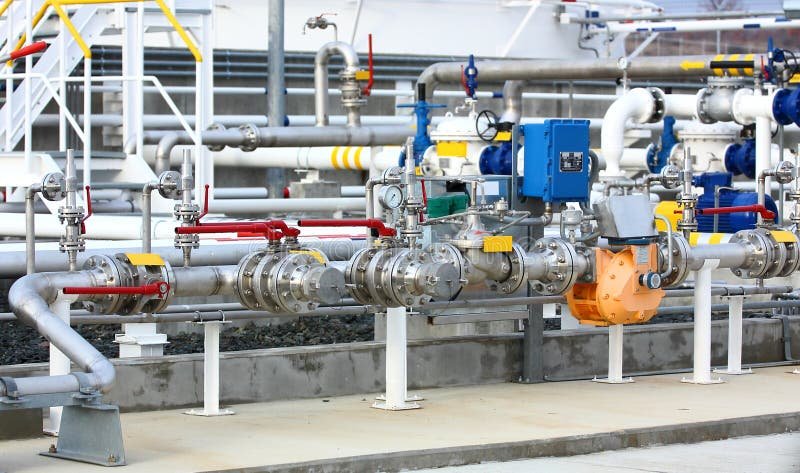
Flange joints are a staple in many industrial sectors due to their robustness and adaptability. Some of the most common applications include:
1. Oil and Gas
Used extensively in offshore and onshore pipelines, flange joints handle high-pressure hydrocarbon transport and allow easy access for inspection and maintenance.
2. Petrochemical Industry
In chemical processing environments, corrosion-resistant flange joints are crucial for safe and reliable fluid handling systems.
3. Power Generation
Flange joints are used in boilers, turbines, and cooling systems, where pressure and temperature extremes require durable, high-performance connections.
4. Water Treatment Plants
From intake to filtration and discharge, flange joints help connect pumps, valves, and pipelines in municipal and industrial water systems.
5. HVAC Systems
In heating, ventilation, and air conditioning setups, flange joints provide leak-tight connections for ducts and piping, ensuring efficient temperature control.
Standards and Specifications for Flange Joints
To ensure safety, interchangeability, and performance, flange joints are manufactured and installed according to internationally recognized standards. These specifications govern dimensions, pressure ratings, materials, and testing protocols.
1. ASME/ANSI Standards
The American Society of Mechanical Engineers (ASME) and the American National Standards Institute (ANSI) provide widely used flange standards such as ASME B16.5 for pipe flanges and flanged fittings. These cover pressure classes from 150 to 2500 and standardize materials and face types.
2. ISO Standards
The International Organization for Standardization (ISO) issues global standards, including ISO 7005 series, which define flange dimensions and pressure ratings. These are often used in conjunction with metric-based piping systems.
3. EN and DIN Norms
In Europe, the EN (European Norm) and older DIN (Deutsches Institut für Normung) standards are commonly used. DIN 2633, for instance, specifies flanges suitable for PN 16 (pressure nominal) systems.
Flange Joint vs Welded Joint
Choosing between a flange joint and a welded joint depends on various factors like operating conditions, system design, and cost considerations. Here’s how they compare:
1. Strength and Reliability
Welded joints offer superior strength and are often used in permanent systems where disassembly is not required. Flange joints, while slightly less robust, can still handle high pressures when correctly assembled.
2. Flexibility and Maintenance
Flange joints excel in systems requiring frequent inspection or part replacement. Their ability to be quickly disconnected and reassembled makes them more practical for dynamic environments.
3. Cost and Installation
Welded joints may have lower material costs but involve skilled labor and longer installation times. Flange joints, though costlier in components, may save time and labor in the long run due to their ease of assembly.
Common Causes of Flange Joint Failure
While flange joints are generally reliable, certain factors can lead to failure if not properly managed:
1. Improper Installation
Misalignment, incorrect bolt torque, or uneven gasket compression are common mistakes that lead to joint leakage or mechanical failure.
2. Gasket Degradation
Over time, gaskets can deteriorate due to chemical exposure, temperature cycling, or poor material selection. This degradation can result in leaks or reduced sealing performance.
3. Corrosion and Material Fatigue
Exposure to harsh chemicals, moisture, or extreme temperatures can lead to corrosion or fatigue in flanges and bolts, compromising the structural integrity of the joint.
Best Practices for Flange Joint Installation
Proper installation is crucial to the performance and longevity of a flange joint. Following best practices helps prevent leaks, failures, and unnecessary downtime.
1. Torque Sequencing
Bolts should be tightened using a star or crisscross pattern to ensure even gasket compression. Incremental torqueing in stages is recommended to achieve uniform pressure across the joint.
2. Proper Gasket Selection
Choose gaskets based on the operating temperature, pressure, and chemical compatibility of the system. Material certifications and test reports can validate suitability for the application.
3. Inspection and Testing
Visual inspection, dimensional checks, and leak tests (e.g., hydrostatic or pneumatic) should be conducted before and after commissioning to verify the integrity of the joint.
Maintenance and Inspection of Flange Joints
Regular inspection and preventive maintenance extend the service life of flange joints and prevent costly shutdowns. Key maintenance steps include:
1. Routine Checks
Scheduled visual inspections for signs of corrosion, leakage, or mechanical wear are essential. Look for discoloration, rust, or deformed components.
2. Non-Destructive Testing (NDT) Methods
Techniques such as ultrasonic testing (UT), radiographic testing (RT), and magnetic particle inspection (MPI) can detect internal flaws without disassembling the joint.
3. Re-Torqueing
Periodic re-torqueing may be necessary, especially in high-vibration or temperature-variable environments, to maintain the proper compression on the gasket.
Emerging Technologies in Flange Joint Design
As industrial demands grow and technology advances, flange joints are evolving to incorporate new features that enhance performance and monitoring capabilities.
1. Smart Flanges
Smart flange systems integrate sensors for pressure, temperature, and vibration, enabling real-time monitoring and predictive maintenance in high-risk environments.
2. Improved Sealing Technologies
Advanced gasket materials and designs, such as spiral-wound, kammprofile, and graphite-reinforced gaskets, are now widely used to increase sealing effectiveness under extreme conditions.
FAQs
1. What is the difference between a flange joint and a threaded joint?
Flange joints use bolts, flanges, and gaskets to create a strong, leak-resistant connection that can handle high pressure and temperature. Threaded joints, on the other hand, use screw threads and are typically limited to low-pressure, low-temperature applications due to the risk of leakage over time.
2. Can flange joints be reused after disassembly?
Yes, flange joints can be reused, but it’s important to inspect all components, especially the gasket, for signs of wear or damage. Often, the gasket must be replaced to maintain a leak-free seal when reassembling the joint.
3. How do I select the right gasket for a flange joint?
Gasket selection depends on several factors: operating temperature and pressure, the type of fluid or gas being handled, flange surface finish, and regulatory standards. Always consult material compatibility charts and manufacturer guidelines.
4. What tools are used for installing flange joints?
Essential tools include torque wrenches for precise bolt tightening, alignment tools to ensure proper flange positioning, and calipers or gauges for checking bolt and flange dimensions. Specialized tools may be needed for high-pressure applications or large-diameter flanges.
5. Are flange joints suitable for underground or buried pipelines?
While flange joints can be used in underground systems, they must be protected against corrosion and mechanical damage. Coatings, wraps, and proper bedding are crucial to prevent environmental degradation over time.
Conclusion
Flange joints remain a foundational component in modern piping systems across numerous industries. Their ability to provide secure, maintainable, and versatile connections makes them indispensable in environments where performance and safety are paramount.
By understanding the types, components, materials, and best practices for flange joints, engineers and industry professionals can ensure reliable operations and reduce the risk of costly failures. As technology continues to advance, so too will the efficiency and intelligence of flange joint systems.

